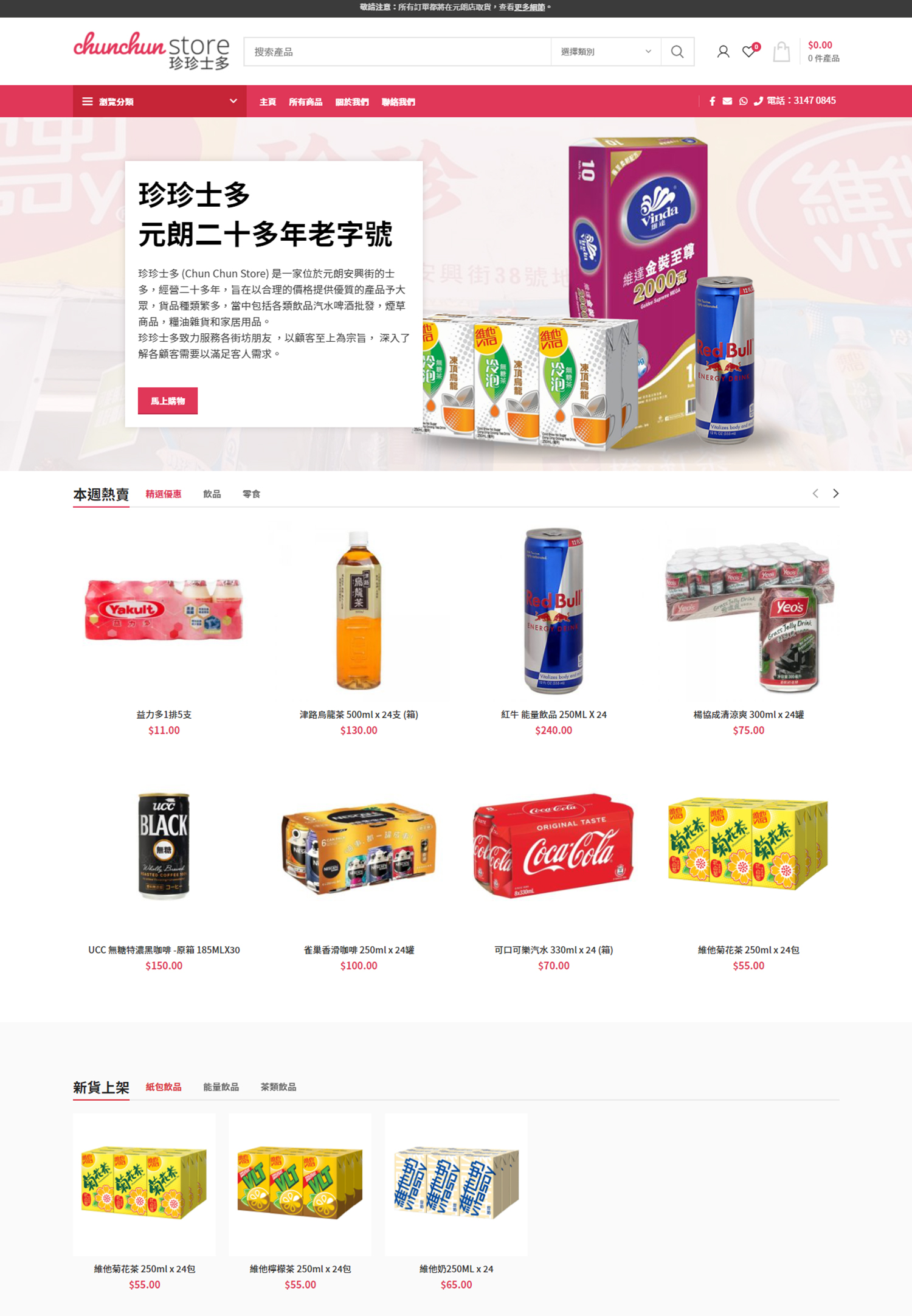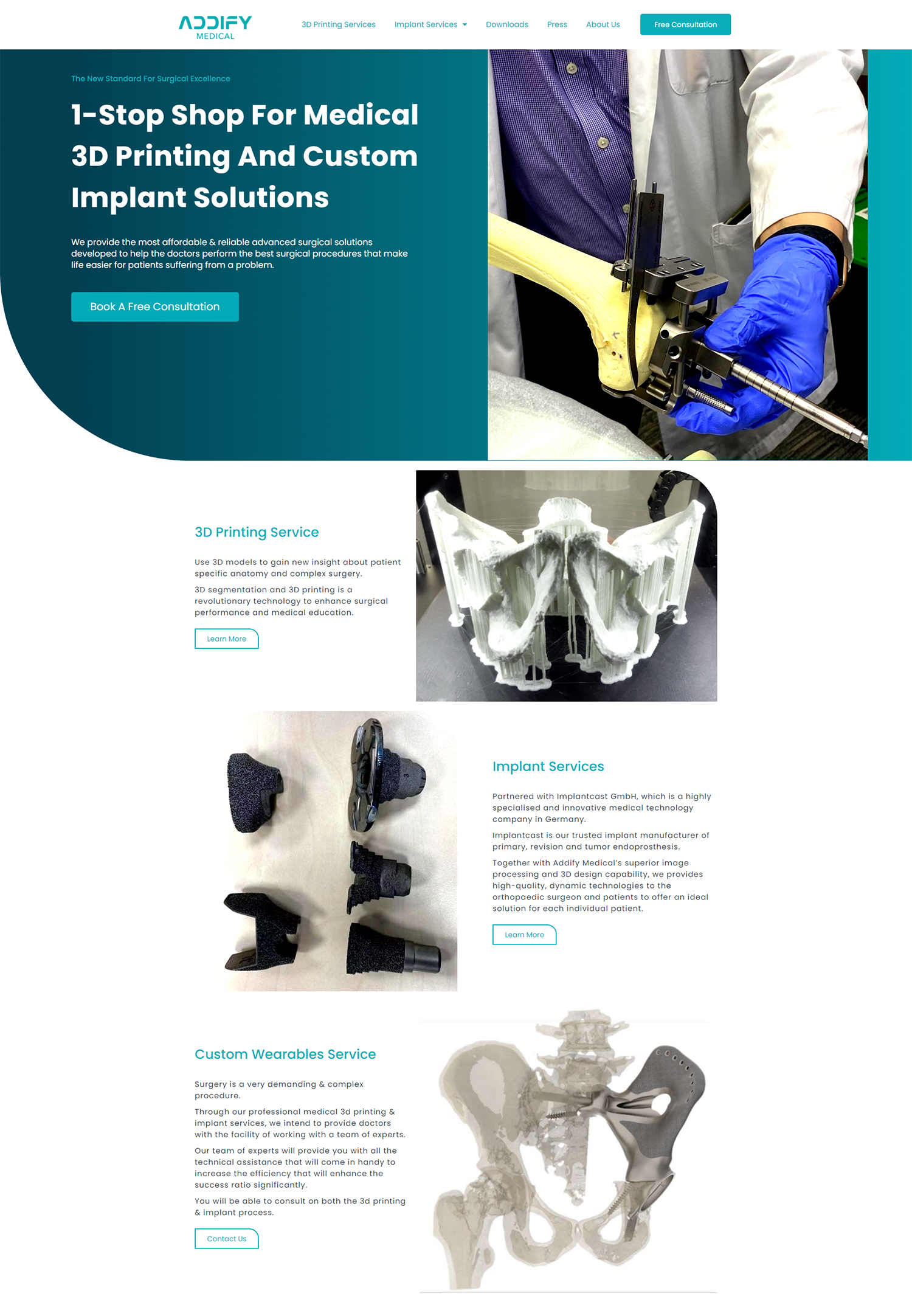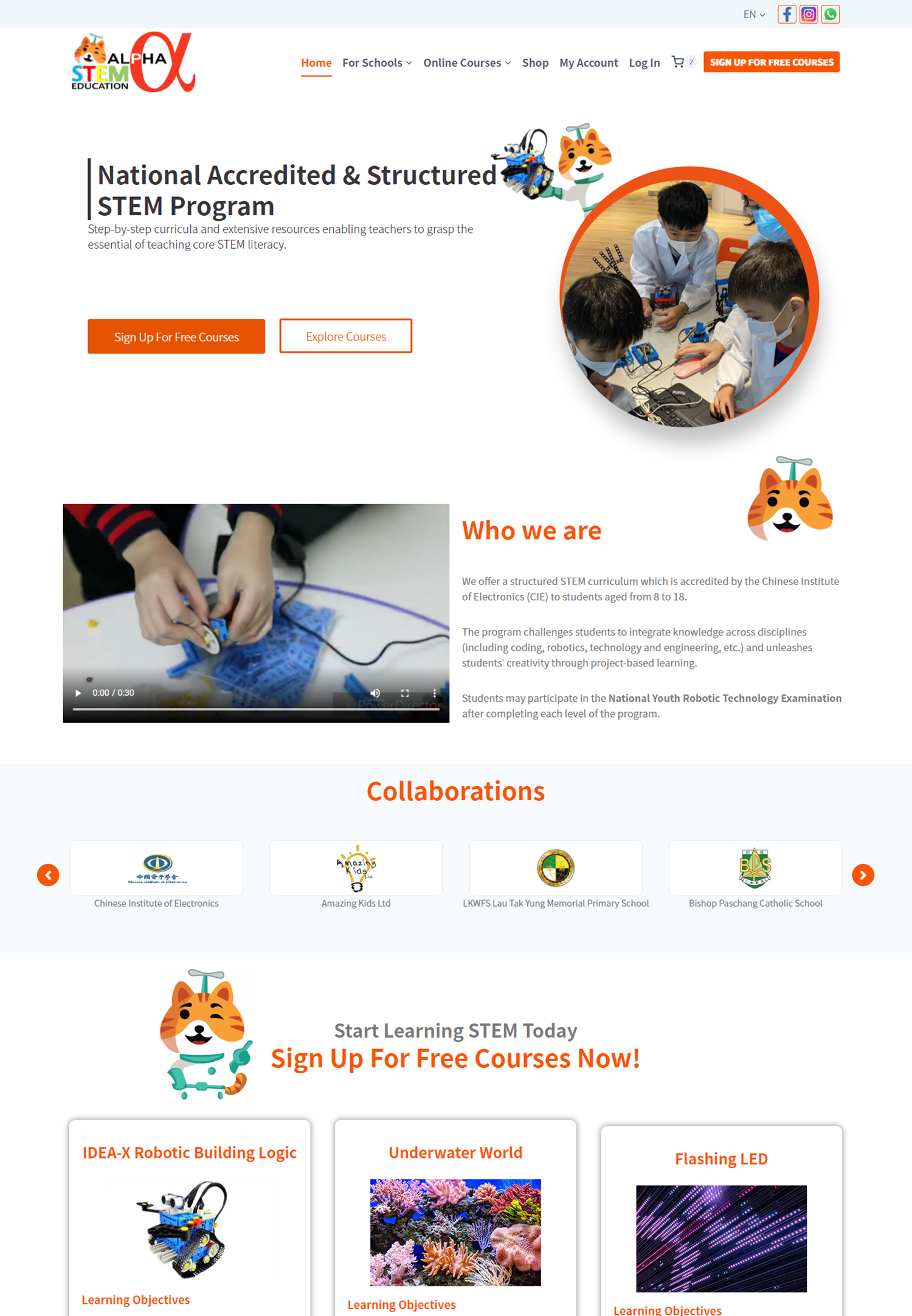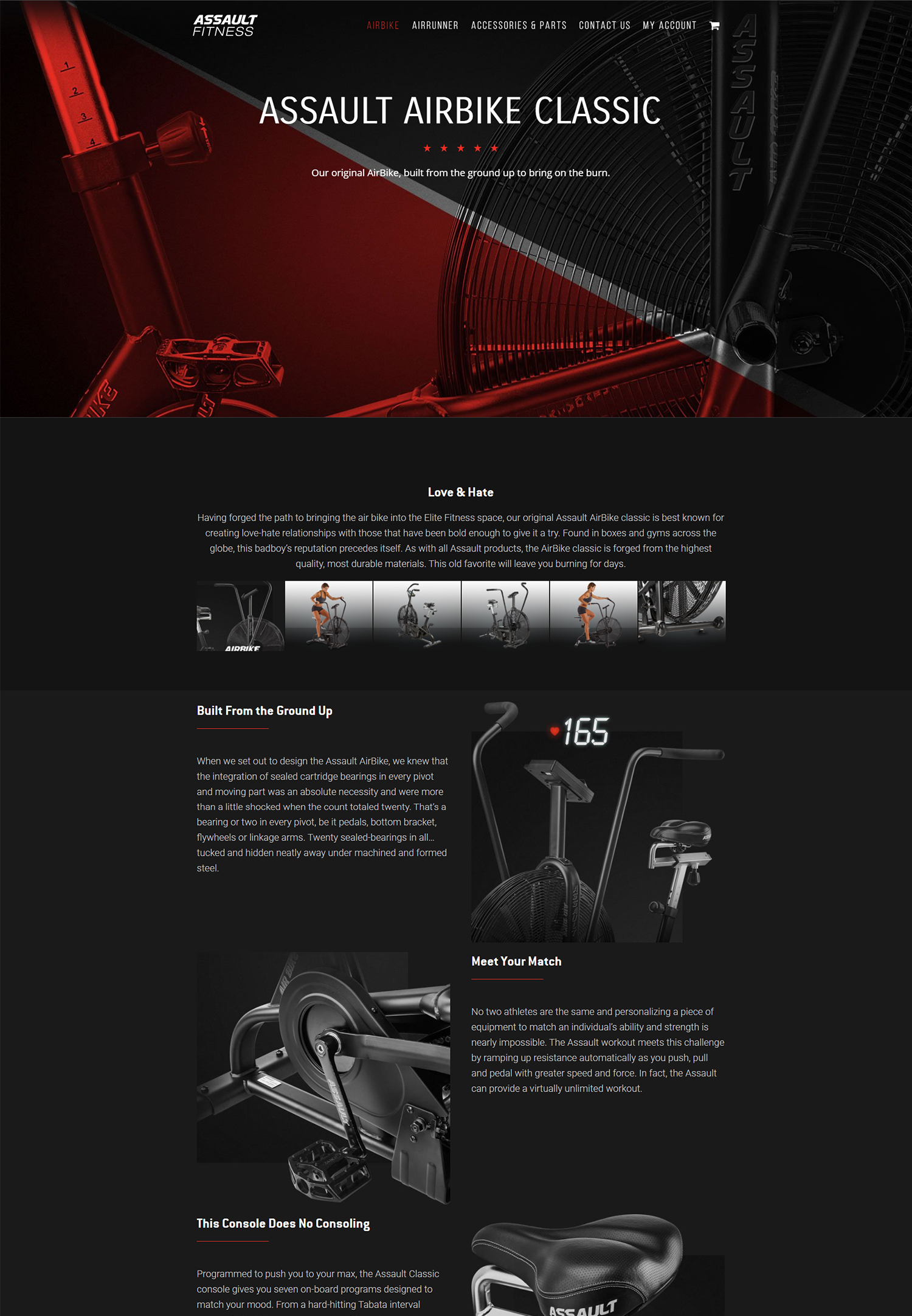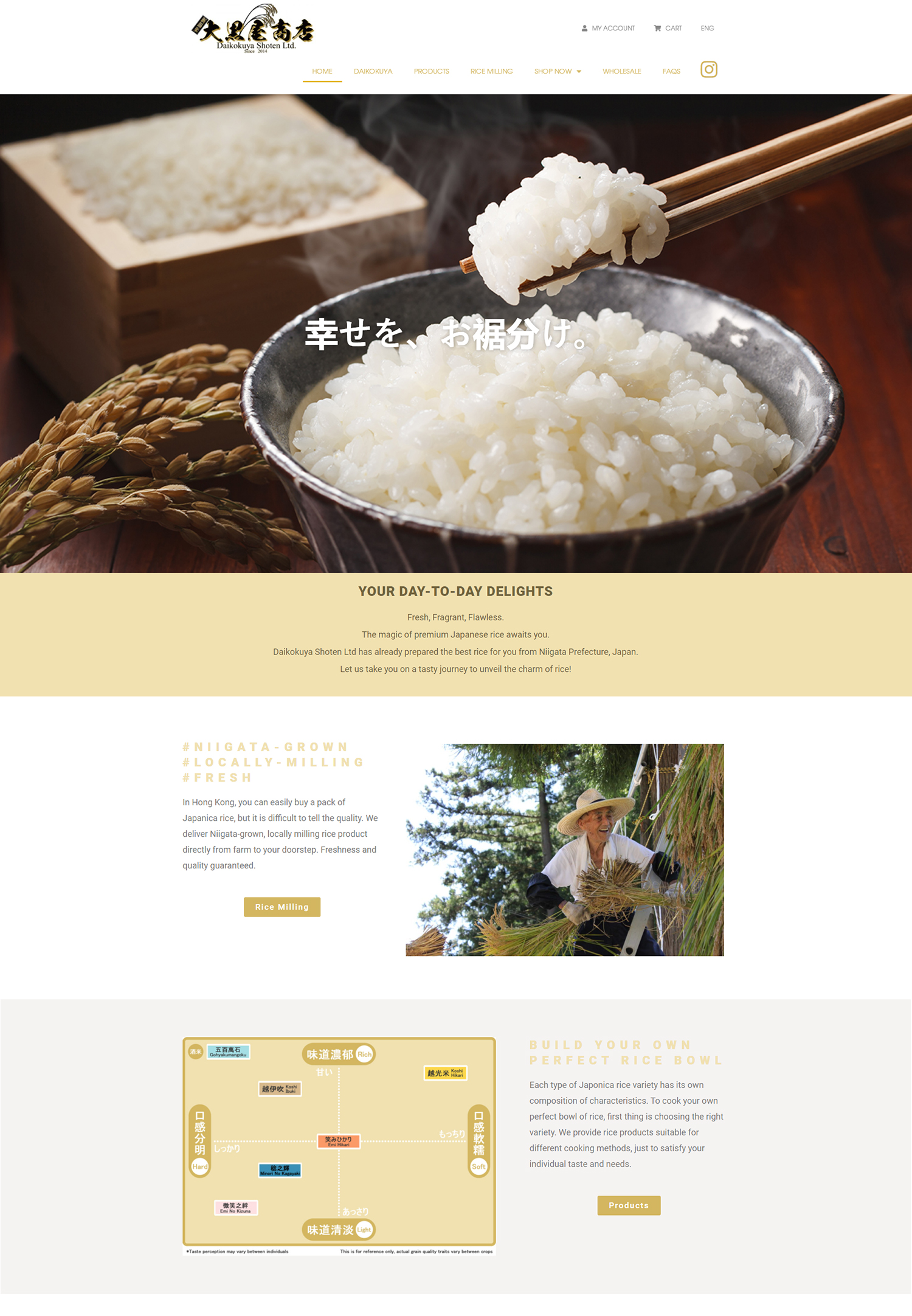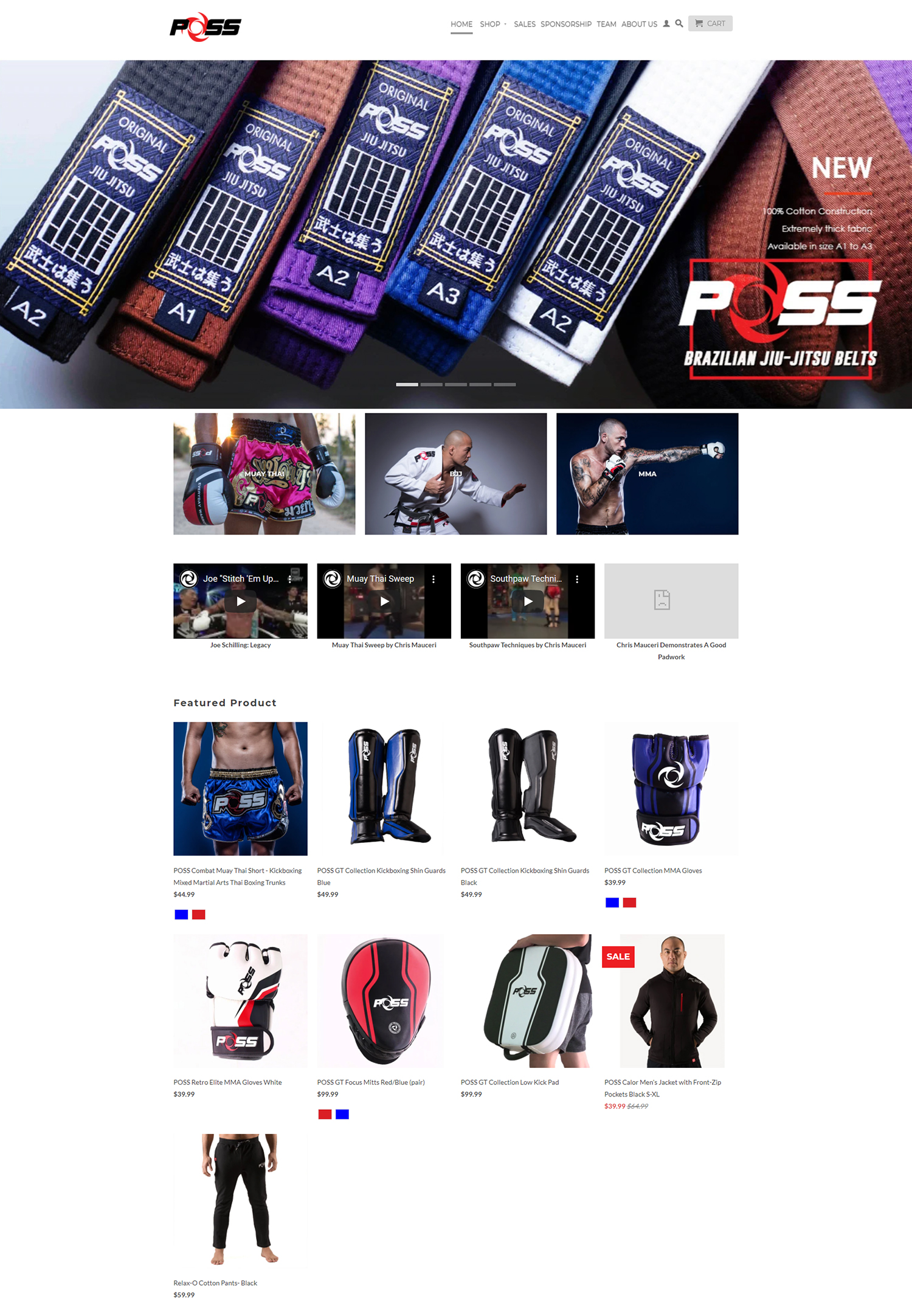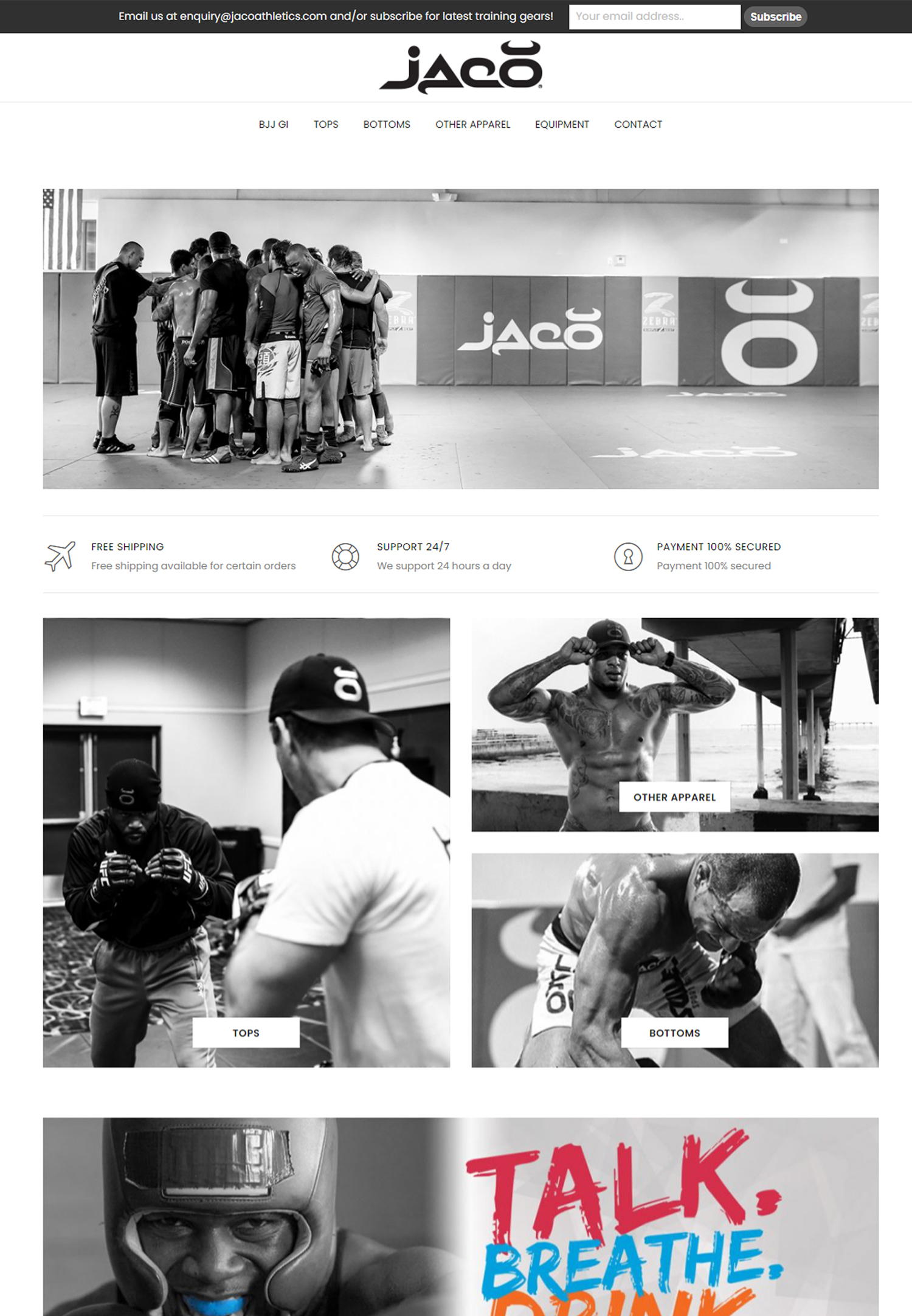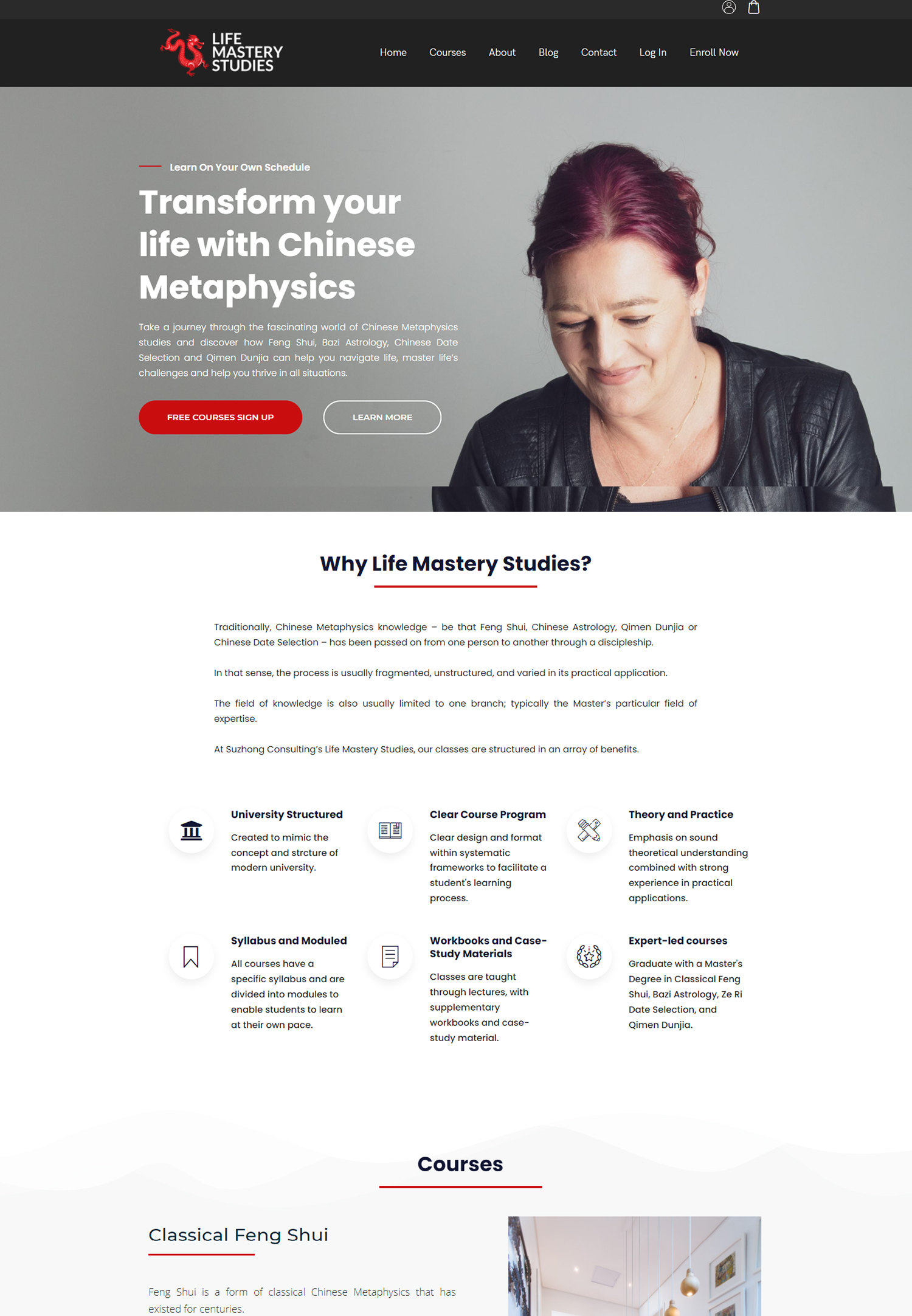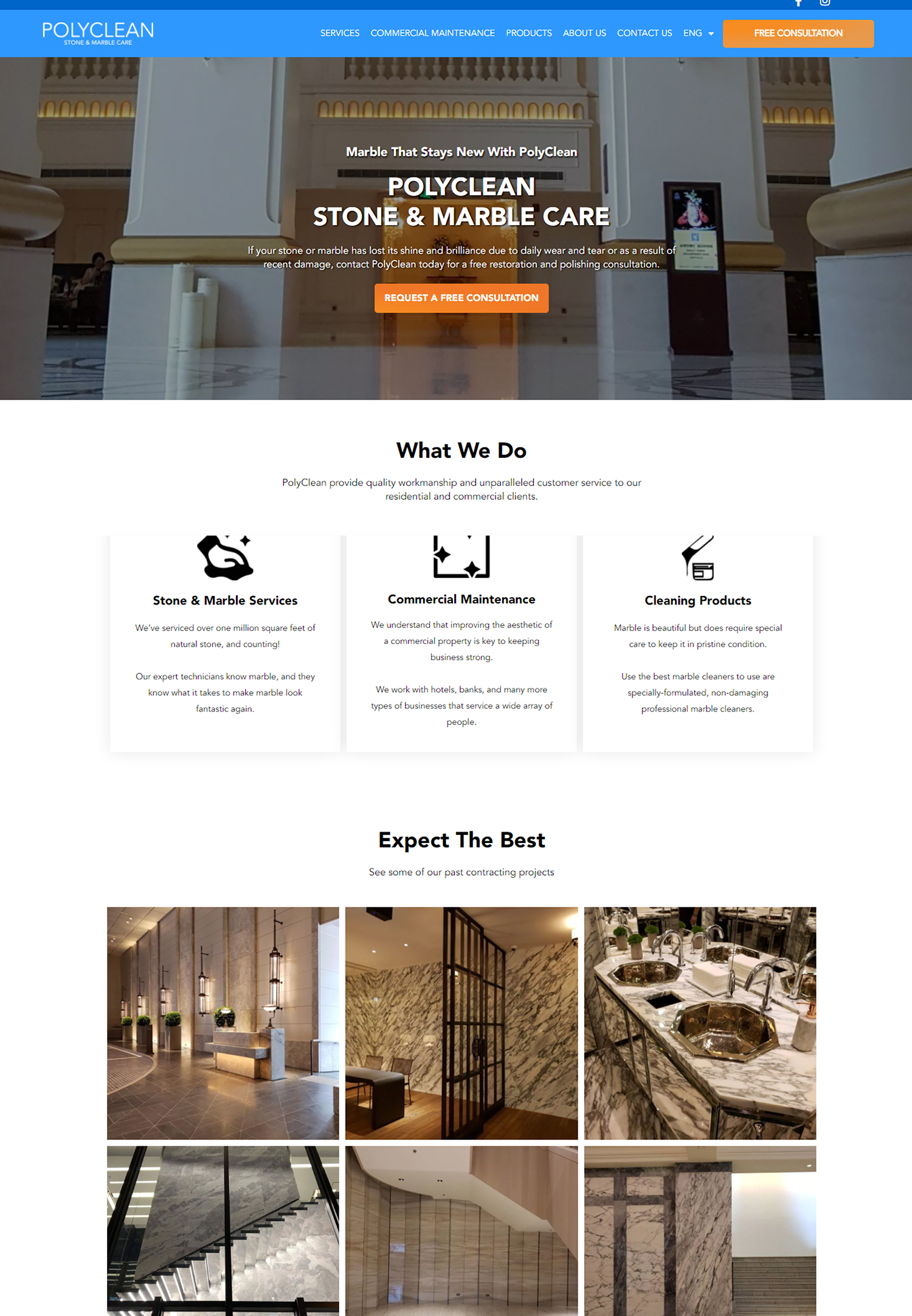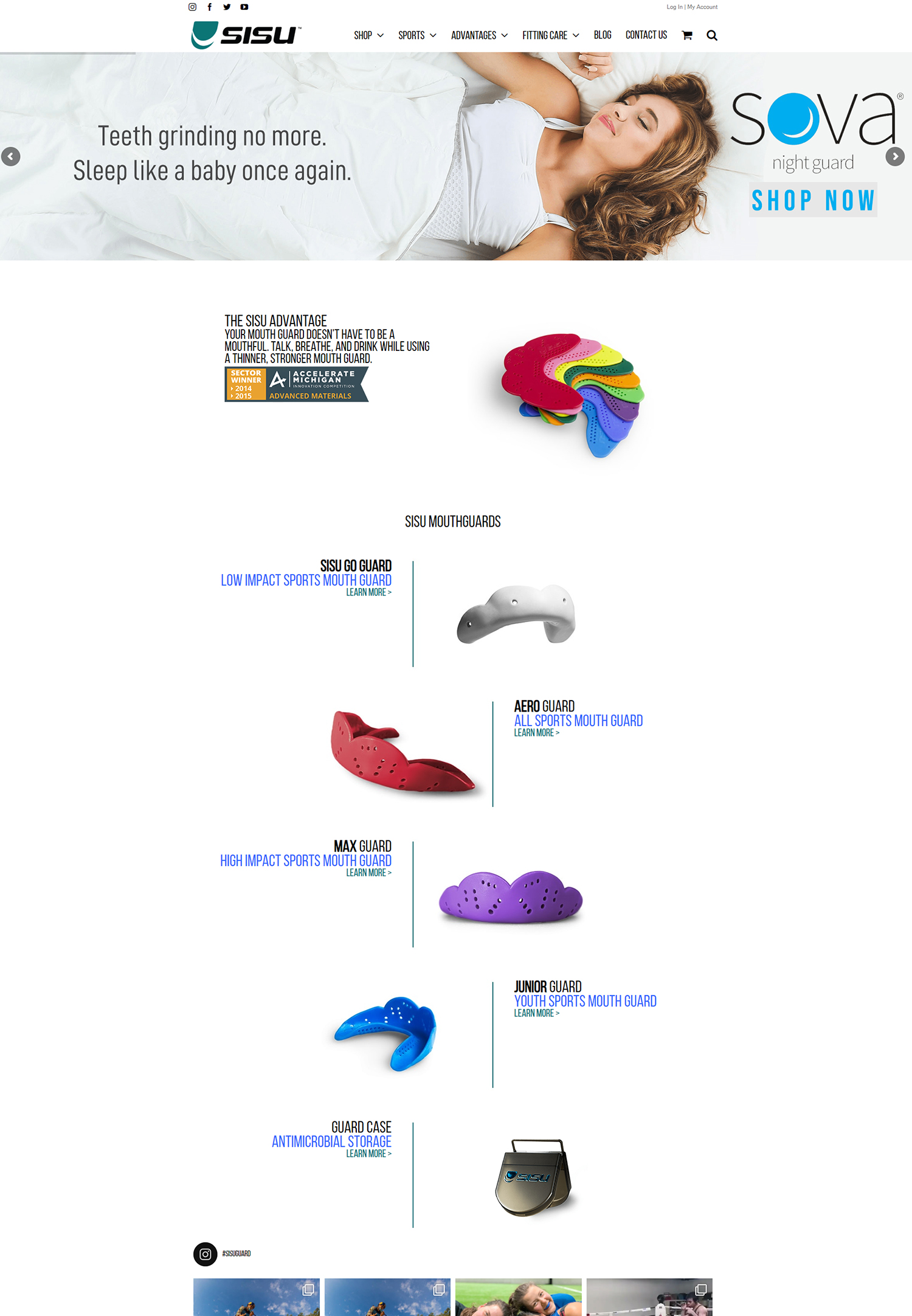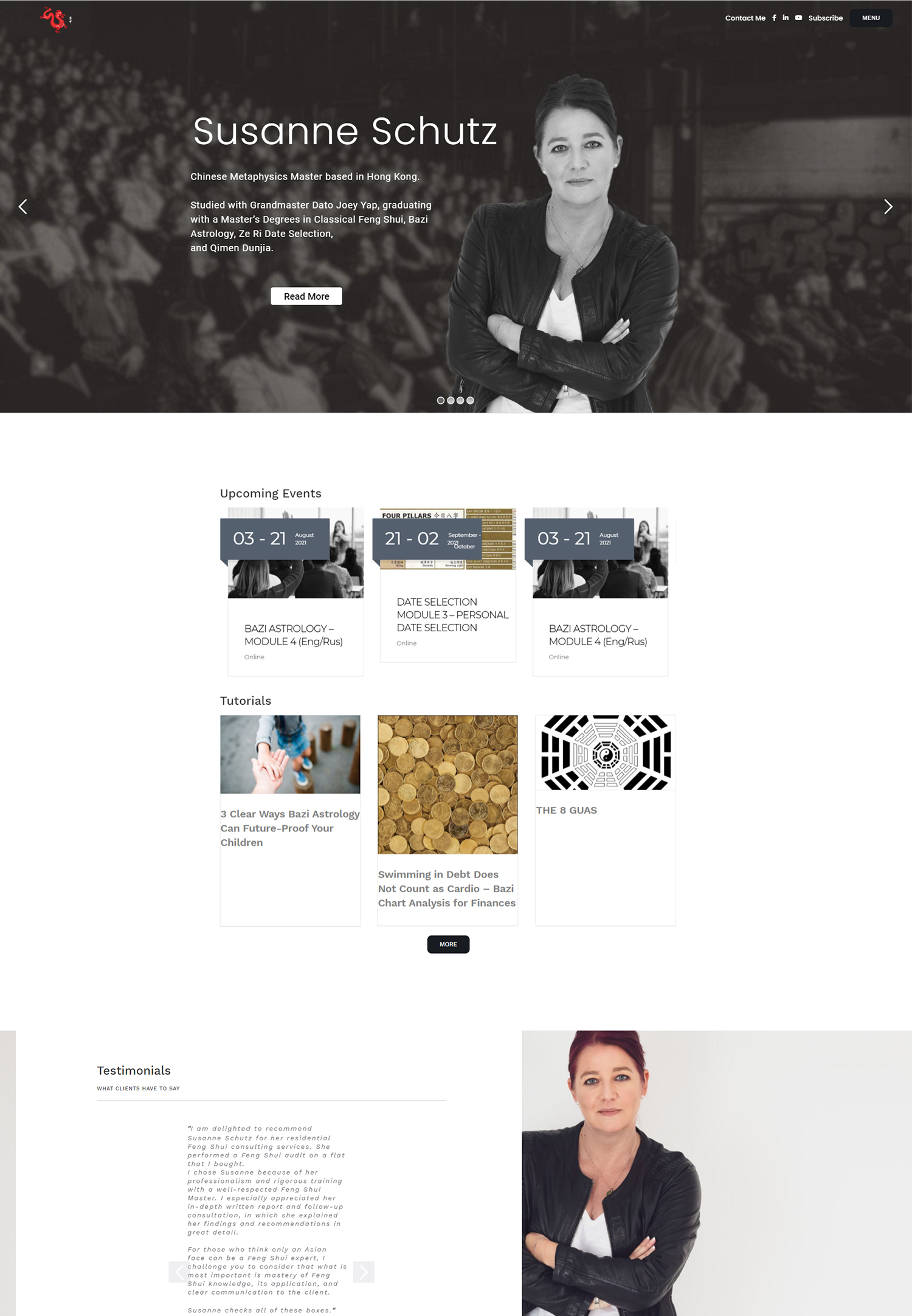To effectively engage with our market, we must first develop a deep understanding of our target audience. This involves more than just knowing basic demographics; it requires us to delve into their behaviors, preferences, and motivations. By creating detailed buyer personas, we can visualize who our ideal customers are, what they value, and how they make purchasing decisions.
This process allows us to tailor our messaging and offerings to resonate with them on a personal level, fostering a stronger connection and increasing the likelihood of conversion. Moreover, understanding our target audience also means recognizing the diversity within it. Different segments may have varying needs and desires, which can influence how we approach our marketing strategies.
By segmenting our audience based on factors such as age, location, interests, and purchasing habits, we can create more targeted campaigns that speak directly to each group. This nuanced approach not only enhances our engagement but also helps us allocate resources more efficiently, ensuring that we reach the right people with the right message at the right time.
Key Takeaways
- Understanding your target audience is crucial for developing effective marketing strategies.
- Identifying market needs and pain points helps in creating products or services that address specific customer demands.
- Analyzing competitor offerings provides insights into market trends and helps in positioning your offerings effectively.
- Conducting surveys and interviews with potential customers helps in gathering valuable feedback and understanding their preferences.
- Utilizing data analytics helps in making informed decisions and optimizing marketing efforts for better results.
- Creating unique value propositions sets your offerings apart from competitors and attracts target customers.
- Testing and refining offers based on customer feedback ensures that your products or services meet market demands.
- Implementing effective marketing strategies based on thorough research and analysis is essential for reaching and engaging with your target audience.
Identifying Market Needs and Pain Points
Once we have a clear picture of our target audience, the next step is to identify their specific needs and pain points. This involves understanding the challenges they face and the gaps in the market that we can fill. By conducting thorough research, we can uncover insights that reveal what our audience is struggling with and what solutions they are seeking.
This knowledge is crucial as it allows us to position our products or services as the answer to their problems. In addition to research, we should also engage in active listening. By paying attention to customer feedback, reviews, and social media conversations, we can gain valuable insights into their experiences and frustrations.
This real-time information can guide us in refining our offerings and ensuring that we are addressing the most pressing issues faced by our audience. Ultimately, by aligning our solutions with their needs, we can create a compelling value proposition that resonates deeply with potential customers.
Analyzing Competitor Offerings
Understanding our competitors is another critical aspect of developing a successful strategy. By analyzing their offerings, we can identify what they do well and where they fall short. This competitive analysis allows us to pinpoint opportunities for differentiation and innovation.
We should examine not only their products or services but also their marketing strategies, customer engagement tactics, and overall brand positioning. By doing so, we can gain insights into industry trends and consumer preferences that may inform our own approach. Furthermore, we should not shy away from learning from our competitors’ successes and failures.
By studying case studies and market reports, we can gather valuable lessons that can help us avoid common pitfalls and replicate effective strategies. This analysis should be an ongoing process, as the competitive landscape is constantly evolving. By staying informed about our competitors’ movements, we can adapt our strategies accordingly and maintain a competitive edge in the market.
Conducting Surveys and Interviews
To gain deeper insights into our audience’s needs and preferences, conducting surveys and interviews is an invaluable method. Surveys allow us to gather quantitative data from a larger sample size, providing us with statistical insights into customer behaviors and opinions. We can design surveys that ask targeted questions about their experiences with similar products or services, their preferences for features or pricing, and their overall satisfaction levels.
This data can help us make informed decisions about product development and marketing strategies. On the other hand, interviews provide a qualitative perspective that surveys may not capture. By engaging directly with customers through one-on-one conversations or focus groups, we can explore their thoughts and feelings in greater depth.
This personal interaction allows us to uncover nuances in their experiences that may not be evident through quantitative data alone. By combining both methods, we can create a comprehensive understanding of our audience that informs every aspect of our business strategy.
Utilizing Data Analytics
In today’s digital age, data analytics has become an essential tool for understanding market dynamics and consumer behavior. By leveraging analytics tools, we can track user interactions across various platforms, gaining insights into how customers engage with our brand. This data can reveal patterns in purchasing behavior, website traffic sources, and even social media engagement levels.
By analyzing this information, we can make data-driven decisions that enhance our marketing efforts and improve customer experiences. Moreover, predictive analytics allows us to anticipate future trends based on historical data. By identifying patterns in customer behavior, we can forecast demand for specific products or services and adjust our inventory or marketing strategies accordingly.
This proactive approach not only helps us stay ahead of the competition but also ensures that we are meeting customer needs in real-time. Ultimately, utilizing data analytics empowers us to make informed decisions that drive growth and enhance customer satisfaction.
Creating Unique Value Propositions
With a clear understanding of our target audience’s needs and a thorough analysis of the competitive landscape, we can now focus on creating unique value propositions (UVPs). A UVP articulates what sets our offerings apart from competitors and why customers should choose us over others. It should clearly communicate the benefits of our products or services while addressing the specific pain points identified earlier.
Crafting a compelling UVP requires creativity and clarity; it should resonate with our audience while being easy to understand. Additionally, our UVP should be consistently reflected across all marketing channels. Whether through website content, social media posts, or advertising campaigns, maintaining a cohesive message reinforces our brand identity and strengthens customer trust.
We should also be prepared to adapt our UVP as market conditions change or as we gather more insights about our audience’s evolving needs. By continuously refining our value proposition, we ensure that it remains relevant and compelling in a dynamic marketplace.
Testing and Refining Offers
Once we have established our unique value propositions, it is crucial to test and refine our offers before launching them on a larger scale. A/B testing is an effective method for evaluating different versions of a product or marketing campaign to determine which resonates best with our audience. By experimenting with various elements—such as pricing structures, messaging styles, or promotional tactics—we can gather data on what works best and make informed adjustments accordingly.
Feedback loops are also essential during this phase. Engaging with early adopters or beta testers allows us to gather insights directly from users who experience our offerings firsthand. Their feedback can highlight areas for improvement that we may not have considered initially.
By being open to constructive criticism and willing to iterate on our offers, we can enhance their appeal and effectiveness before reaching a broader audience.
Implementing Effective Marketing Strategies
Finally, with refined offers in hand, we must implement effective marketing strategies to reach our target audience successfully. This involves selecting the right channels for promotion—whether through social media advertising, email marketing campaigns, content marketing initiatives, or search engine optimization (SEO). Each channel has its strengths and weaknesses; therefore, we should tailor our approach based on where our audience spends their time and how they prefer to engage with brands.
Moreover, storytelling plays a vital role in our marketing efforts. By crafting narratives that resonate with our audience’s values and aspirations, we can create emotional connections that drive engagement and loyalty. Our marketing messages should not only highlight the features of our products but also convey the impact they have on customers’ lives.
By focusing on building relationships rather than just transactions, we position ourselves as trusted partners in our customers’ journeys. In conclusion, understanding our target audience is the foundation of any successful business strategy. By identifying market needs and pain points, analyzing competitors, conducting surveys and interviews, utilizing data analytics, creating unique value propositions, testing offers, and implementing effective marketing strategies, we can build a robust framework for growth.
As we navigate this process together, we must remain adaptable and responsive to changes in the market landscape while keeping the needs of our customers at the forefront of everything we do.






